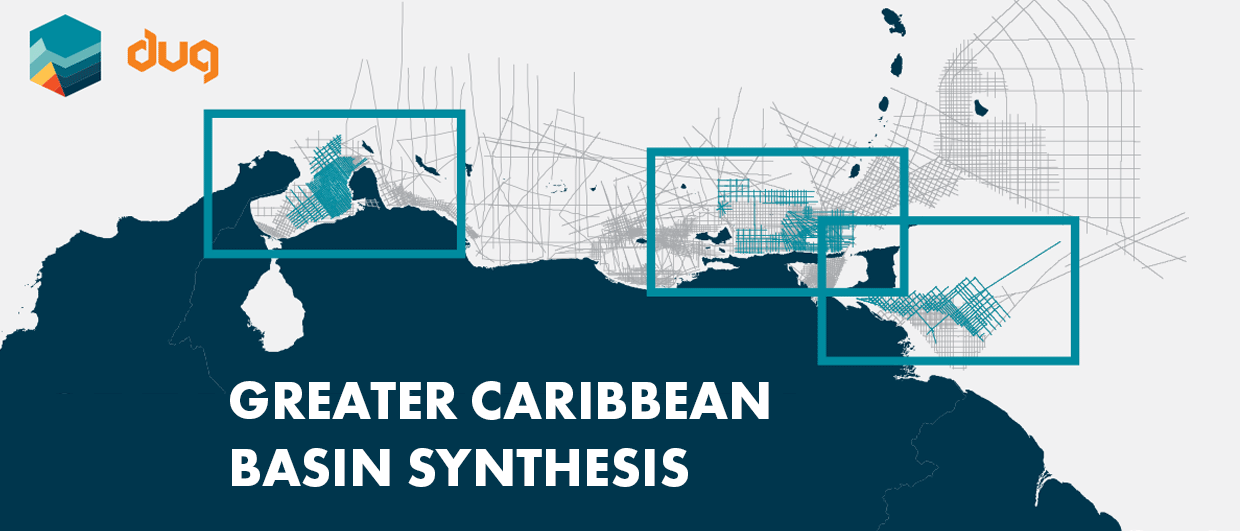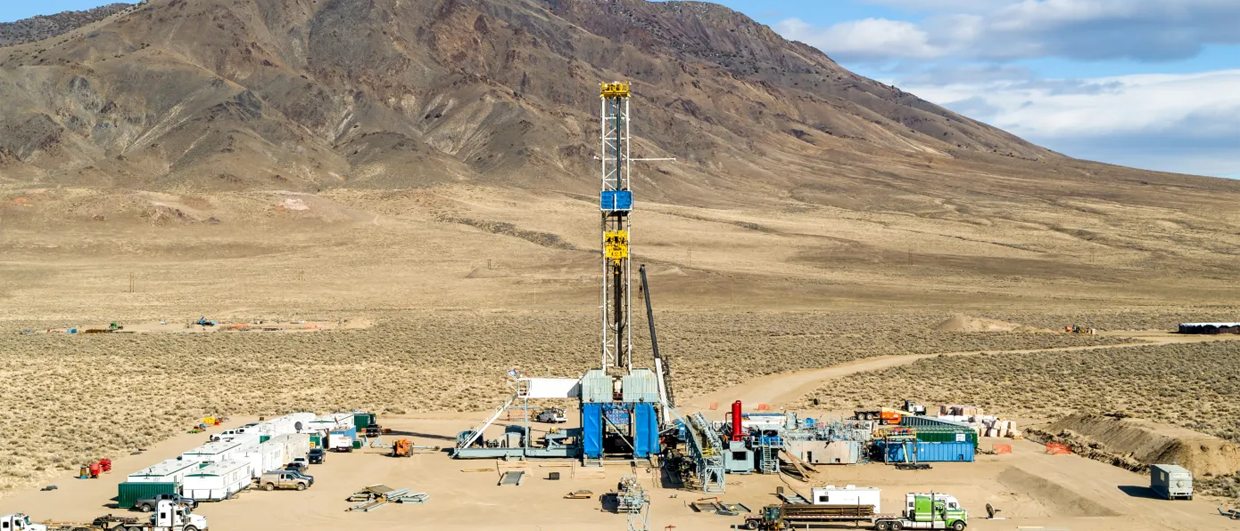Understanding the Caribbean – discoveries confirmed, potential growing
The Caribbean has a long-standing history of hydrocarbon exploration, with most activity occuring within the region of Trinidad. Here, numerous gas fields have been discovered, including the prolific fields of Chaconia, Hibiscus, Poinsettia, etc. Despite this success, the rest of the Greater Caribbean has seen much less activity in the offshore domain in comparison. There are several reasons why this may be the case, one of which is the complex geological landscape facing explorers and the lack of modern data.
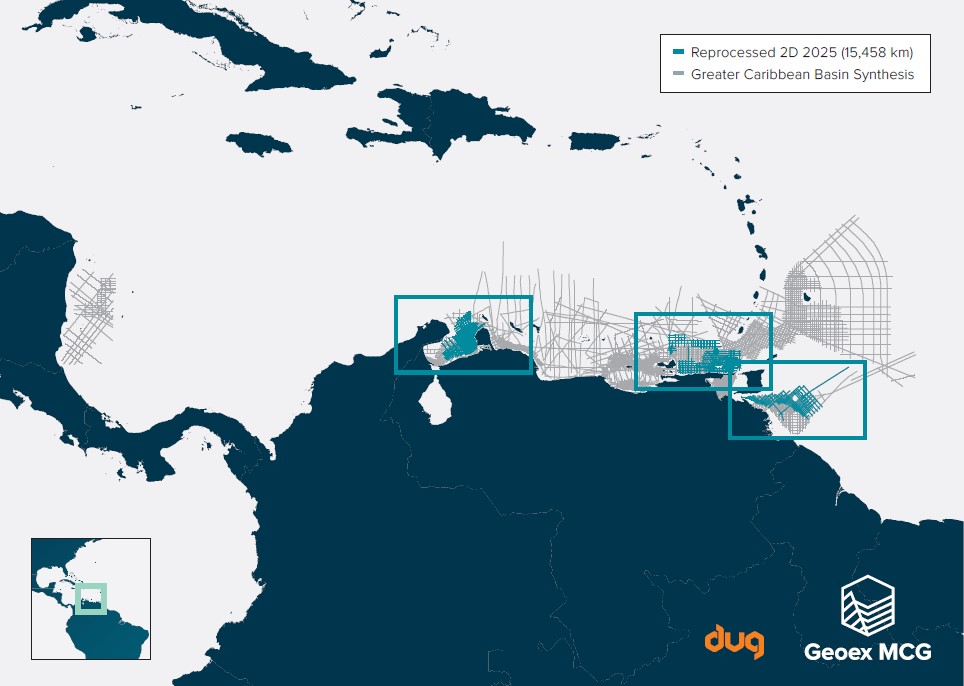
To truly understand the prospectivity of a region, explorers must first understand the geological history and how this has altered through time. This is particularly important in an area such as the Caribbean, where a series of unanswered questions remain regarding the formation of the basins. It is largely accepted that the Caribbean plate formed during the Late Cretaceous in the eastern Pacific region and then migrated eastwards relative to the North and South American plates behind an east-facing Great Arc of the Caribbean to its present position, but in order to constrain the timing of the collision across the northern area of South America new seismic is required. Geoex MCG have therefore embarked on an ambitious reprocessing campaign of a series of surveys in these key locations to better evaluate the regional tectonics and the subsequential link to subsurface prospectivity. This has been integrated into a wider portfolio of data (Figure 1) throughout the Caribbean, which has provided a deeper and clearer understanding of the various impactful events in this emerging frontier.
Maximising legacy data – bespoke reprocessing to form the regional understanding
The surveys have followed an extensive reprocessing workflow, undertaken by DUG Technology, which has been adapted in a bespoke manner to deal with the various vintages (1980 – 1989) and associated targets within the various geographies. The surveys in question are now processed in both time and depth, with all associated products available, including gathers and angle stacks. Modern reprocessing has involved the creation of an accurate velocity model undergoing three iterations to ensure that the
relative geological changes have been accounted for and captured efficiently. This has significantly improved the migration of key structures, which will develop the current view of the prospectivity in these regions. Further uplifts include undertaking a thorough SWSRME process to improve the shallow section as well as Q amplitude to ensure the vintage data quality is best maximised for reprocessing.
Perla discovery and further insights
The first of such surveys that has been reprocessed, shot in 1980, is located north of Lake Maracaibo overlying the Perla discovery. This area is renowned for large oil discoveries, which have produced in the order of 30 billion bbls. However, Perla is particularly unique in that it relies on a secondary source rock which is alternate to the La Luna interval associated with the Maracaibo discoveries. Oligo-Miocene carbonates are invoked to provide the 17 TCF, which was discovered in 2009 by Repsol. The survey has been reviewed following the completion of reprocessing and has revealed additional Oligo-Miocene type structures in close proximity, whereby the amplitude response associated with these alternate intervals has been directly compared, with similarities evident. Furthermore, the imaging (Figure 2) has provided further clarity on the relationships between the Dabajuro Platform to the Urumaco Trough, which provides more insight into the locations of the largest sedimentary accumulation. From a structural viewpoint, a large-scale unconformity can be seen throughout the line, which is likely to mark the interactions of the regional tectonics, providing a more precise timing constraint.
Improving the understanding of the offshore Orinoco Delta
A secondary area of significance to the prospectivity story of the Greater Caribbean is the SE of Trinidad. The offshore Orinoco Delta / Colombus basin region has been characterised by a series of discoveries. Similarly to the previous area, the tectonics are complex in the region, which is subsequently juxtaposed by a prograding system. Understanding this system with the reprocessed data will develop new insights and prove the prospectivity of the distal Orinoco delta system. Here, the source rock invoked is the ‘Querecual’ of Late Cretaceous age, which is the time equivalent of the infamous La Luna source rock responsible for the aforementioned Maracaibo discoveries.
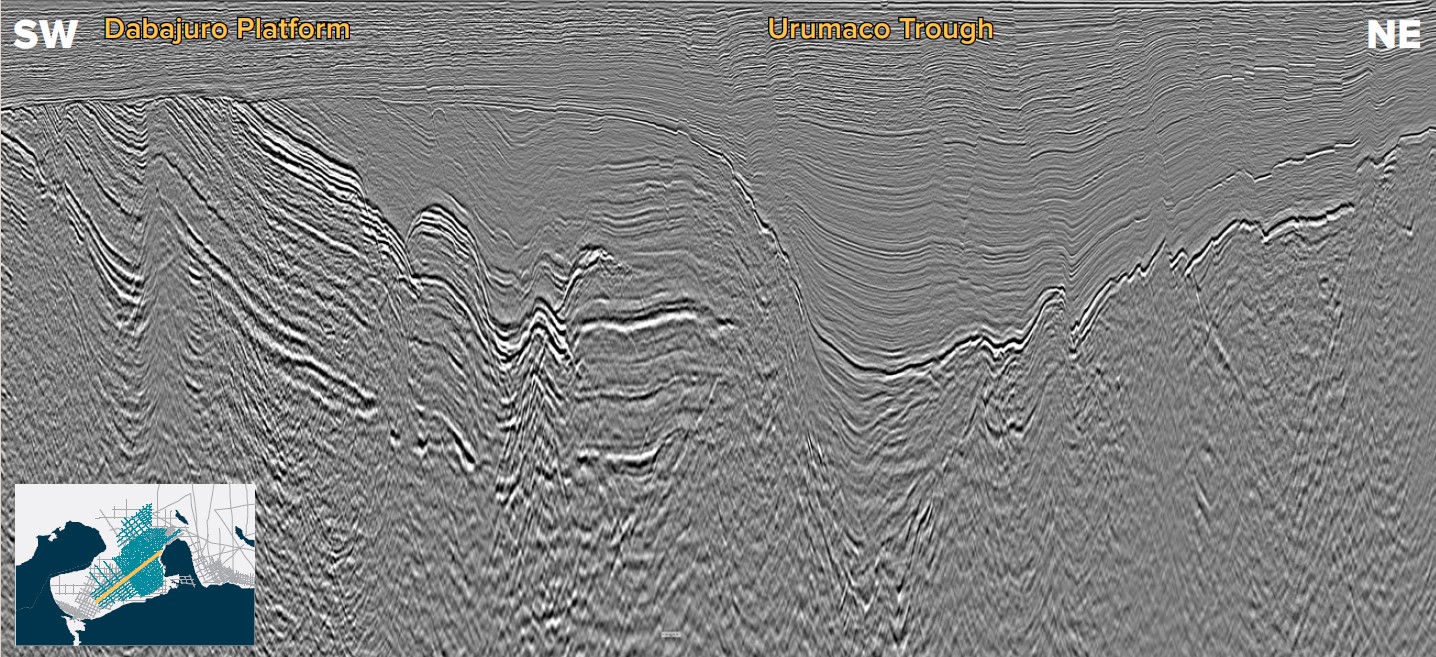
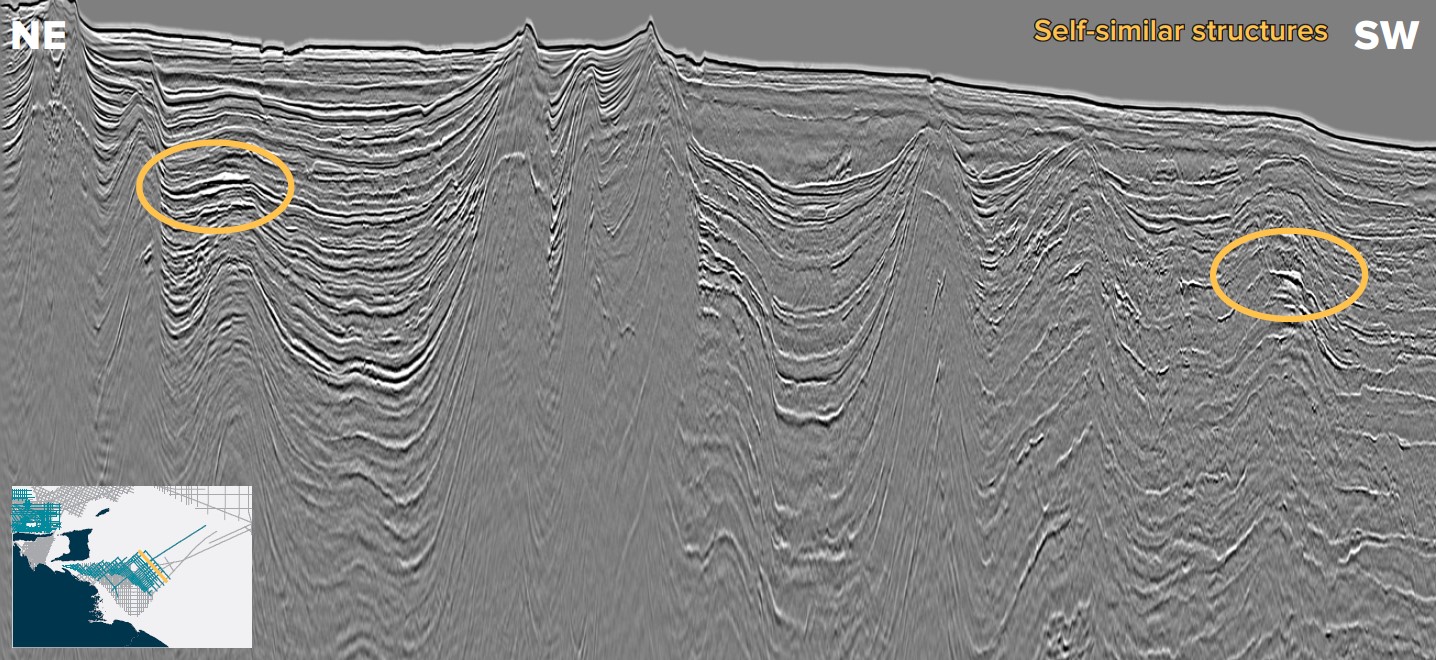
This area, as well as being topical of late following bp’s FID on the Manakin-Cocuina fields, has been selected for reprocessing to better evaluate the wider potential of these fields in a more regional context. Having evaluated numerous lines on the survey, self-similar structures (Figure 3) similar to the discoveries have been encountered, showing that the prospectivity in this area continues to the South of the existing drilling. These are seen to have similar amplitude responses that require further evaluation using the full suite of angle stacks and gathers available to Geoex MCG, intimating that the Orinoco Delta offshore region does, in fact, have excellent prospectivity.
Conclusions
Seismic data is knowledge. This is especially the case in areas of more frontier exploration where reprocessed data can shed light into the potential implications of the tectonic history on the prospectivity. Having recently finished the reprocessing of these volumes, Geoex MCG intend to integrate this data into their already regional portfolio to further evaluate and constrain the tectonic history with the view of developing areas that are likely to show improved prospectivity. From the areas that have been reprocessed so far, significant insights have been generated regarding the timing of tectonic events and the associated prospectivity, with areas such as the Delta Amacuro region & Northern Maracaibo showing excellent prospectivity. As this project develops, more data across the North of Southern America will be reprocessed, providing valuable insights that will contribute to this ever-evolving story.

